What you’ll learn:
- Saxenda is a GLP-1 medication that is FDA-approved for weight loss in certain situations.
- Saxenda is taken as a daily injection.
- Saxenda can help people lose weight, though they might lose less than with newer GLP-1s.
What if a medication could help you lose weight where years of diet and exercise have failed? These days this question might automatically make you think of Ozempic, but Saxenda is another option.
While Ozempic often gets top billing, Saxenda has actually been around longer than you might think! It was approved for weight loss in 2014. Its sister medication, Victoza, contains the same active ingredient liraglutide, and has been used to treat type 2 diabetes since 2010.
Like Ozempic, Saxenda and Victoza are GLP-1 medications. This means they work by mimicking a hormone, called GLP-1, which regulates appetite, slows down digestion, and leads to reduced calorie intake. Sounds great right?
There is one big difference that separates Saxenda from Ozempic that you need to be aware of and that’s how frequently you’ll take it. Let’s take a closer look at what Saxenda is, how it works, and its potential benefits and drawbacks as a weight loss option.
If you’re still confused by all of the options, talk to your doctor or consider Noom Med. If you qualify, Noom Med can connect you with a qualified clinician who can sort through the weight loss medications and find the right one for you. They’ll also coordinate insurance benefits and help you work through any side effects.
What is Saxenda and how does it work for weight loss?
As we said, Saxenda’s active ingredient, liraglutide, works by tapping into your body’s natural signals to decrease appetite, help you feel fuller longer, and reduce cravings. It interacts with specific areas of the brain involved in appetite regulation, slowing down digestion and decreasing the amount of food you eat.
Just be aware that Saxenda can only be prescribed to people without diabetes who meet one of these qualifications:
- They have a BMI greater than or equal to 30
or
- They have a BMI greater than or equal to 27 and also have weight-related medical problems, like high blood pressure or heart issues.
Typically your doctor will also want to see that you’ve tried losing weight in the past with diet and exercise but haven’t had great results. Saxenda should be used alongside lifestyle changes, like a reduced-calorie diet and increased exercise. Don’t worry, Noom can help you figure out that part.
How do you take Saxenda?
To take Saxenda you need to give yourself a daily injection. This is the big difference we were talking about. With the new GLP-1 medications like Wegovy and Zepbound, you will only need to give yourself one weekly injection. Doing this isn’t complicated but it can be concerning for people who are afraid of needles.
The medicine comes in a convenient pre-filled injector. Your doctor will show you how to use the injector. Always follow the instructions your doctor has shown you carefully when taking Saxenda. Each time you will check the medicine to make sure it is clear and colorless then attach a new needle to the tip. If it’s the first time using a new pen, you will check the flow to make sure a drop of medicine appears. Then dial the pen to your prescribed dose. Insert the needle into the skin of the belly, thigh, or upper arm and press down. Wait until the counter returns to zero. Dispose of the needle safely every time.
You’ll start with a low dose and steadily increase it over a few weeks. This helps your body get used to the medication and minimizes any potential side effects.
How effective is Saxenda for weight loss?
In a year-long study, 85% of adults who used Saxenda lost weight. And we’re not talking about small changes here; over half the people lost at least 5% of their body weight. One out three people lost 10% or more of their starting weight. The key is that people who used Saxenda in the study were also told to reduce their calories and increase exercise.
What distinguishes Saxenda from other popular medications prescribed for weight loss?
How long Saxenda lasts in the body is a big difference between some of the newer GLP-1 medications. Ozempic and Wegovy, which both contain semaglutide, and Zepbound and Mounjaro, which contain tirzepatide, are weekly injections that can also help you lose weight but last longer. Let’s break down the other differences between these popular options so you can choose the best one with your healthcare provider:
| Active ingredient | Liraglutide | Semaglutide | Tirzepatide | |||
|---|---|---|---|---|---|---|
| Brand | Saxenda | Victoza | Wegovy | Ozempic | Zepbound | Mounjaro |
| FDA-approved uses | Weight loss for adults with BMI ≥30 or ≥27 with weight-related conditions | Type 2 diabetes (off-label for weight loss) | Weight loss for adults with BMI ≥30 or ≥27 with weight-related conditions | Type 2 diabetes (off-label for weight loss) | Weight loss for adults with BMI ≥30 or ≥27 with weight-related conditions | Type 2 diabetes (off-label for weight loss) |
| How you take it | Daily injection | Weekly injection | Weekly injection | |||
| Weight Loss Efficacy | In a clinical study, 85% of adults lost weight, with an average weight loss range of 5% to 10% of their starting body weight. | In a 104-week study, participants lost an average of 15% of body weight compared to about 3% in the placebo group. | In a 72-week study, average weight loss ranged from 15% to 21% depending on the dosage. | |||
Your healthcare provider or clinician at Noom Med can help you decide which option aligns best with your individual needs and health goals.
What does Saxenda cost?
The list price for Saxenda is about $1,350 for a month’s supply. However, the actual cost can vary depending on insurance coverage, pharmacy discounts, and manufacturer savings programs.
Does insurance cover Saxenda?
Insurance coverage for Saxenda varies by provider and plan. Some insurance plans may cover part or all of the cost, while others may not cover it at all. It’s best to check with your insurance provider to understand your specific coverage for weight loss medications. Your clinician at Noom Med can help you navigate insurance.
How does the cost of Saxenda compare to other weight loss medications?
How much you’ll pay for Saxenda is comparable to other GLP-1s used for weight loss. For example, Wegovy can cost around $1,350 per month and Zepbound will set you back $1,059 without insurance.
Rx weight loss, the right way, with Noom
Get access to prescription weight loss medication with Noom.Saxenda side effects and safety considerations
While most people experience mild and manageable issues while taking Saxenda, it’s important to be aware of what might crop up.
The most commonly reported side effects? Stomach issues. About 68% of people using Saxenda experience some kind of digestive issue. Some people might also experience headaches or feel a bit dizzy. Typically these issues will subside as your body gets used to the medication.
What are the common side effects of taking Saxenda?
The most common adverse effects reported by people include:
- Nausea
- Diarrhea
- Constipation
- Vomiting
- Injection site reactions
- Headache
If you experience persistent or severe side effects, talk to your healthcare provider for guidance.
How can Noom help manage Saxenda’s side effects?
Saxenda’s side effects can be a hurdle, but Noom is here to help you overcome them. If you qualify for Noom Med, we’ll connect you with a healthcare professional who can provide personalized advice on managing common issues like nausea or constipation. If you’ve already been prescribed Saxenda, you can use the GLP-1 Companion, which is packed with resources to help you navigate any bumps in the road.
Another major concern with rapid weight loss on medications like Saxenda is muscle loss. Our GLP-1 Companion tackles this head-on by adding features called Protein Power and Muscle Defense™. When you eat enough lean protein and participate in strength building exercises, you preserve muscle mass while still losing weight steadily. It also includes an updated food color system making it easier than ever to make healthy choices.
And because weight loss is as much a mental journey as a physical one, we also offer psychological support. Our strategies empower you to stay motivated, build healthy habits, and overcome challenges, ensuring your success with Saxenda sticks!
What are the potential serious side effects or warnings associated with Saxenda?
While Saxenda can be an effective tool for weight management, it’s important to be aware of potential serious side effects. These are less common than the milder side effects we discussed earlier, but they require immediate medical attention if they occur.
| Serious condition | Symptoms to watch for |
|---|---|
| Pancreatitis | Severe abdominal pain, sometimes radiating to the back, nausea, vomiting |
| Gallbladder problems | Pain in upper right side of stomach, fever, yellowing of skin or eyes |
| Low blood sugar (hypoglycemia) | Dizziness, weakness, confusion, headache, blurred vision |
| Increased heart rate | Rapid or irregular heartbeat, palpitations |
| Kidney problems | Decreased urination, swelling in legs or feet |
| Allergic reactions | Rash, itching, difficulty breathing, swelling of face, lips, tongue, or throat |
Are there any health issues that might make Saxenda unsuitable for me?
Yes, before starting Saxenda, have a thorough discussion with your doctor about your medical history. Here are a few things that might make it one to skip:
- Pregnancy, planning to become pregnant, or breastfeeding: You should not take Saxenda during pregnancy due to potential risks to the fetus.
- Personal or family history of medullary thyroid carcinoma (MTC) or multiple endocrine neoplasia syndrome type 2 (MEN 2): These conditions are linked to an increased risk of thyroid cancer and may make Saxenda unsuitable.
- Acute pancreatitis: If you’ve had a history of pancreatitis, you shouldn’t take Saxenda.
- Severe kidney problems: Saxenda is not the best option for those with significant kidney issues.
This isn’t an exhaustive list, so a thorough discussion with your doctor is key to determining if Saxenda is the right choice for you.
How Noom can help you succeed with Saxenda
When considering Saxenda for weight loss, always remember that medication is just one piece of the puzzle. A well-rounded approach that addresses both the physical and psychological aspects of weight management can lead to more sustainable results.
Noom understands that weight loss isn’t simply about willpower or calorie counting. It’s about recognizing and overcoming the biological and psychological factors that can make weight loss challenging. Our approach includes ensuring your unique needs and goals are met. You’re investing in a path that can help you build sustainable habits and achieve long-term success.
Note: Ozempic, Victoza, and Mounjaro are not FDA-approved to treat obesity or for weight loss.
Why you can trust us
At Noom, we’re committed to providing health information that’s grounded in reliable science and expert review. Our content is created with the support of qualified professionals and based on well-established research from trusted medical and scientific organizations. Learn more about the experts behind our content on our Health Expert Team page.



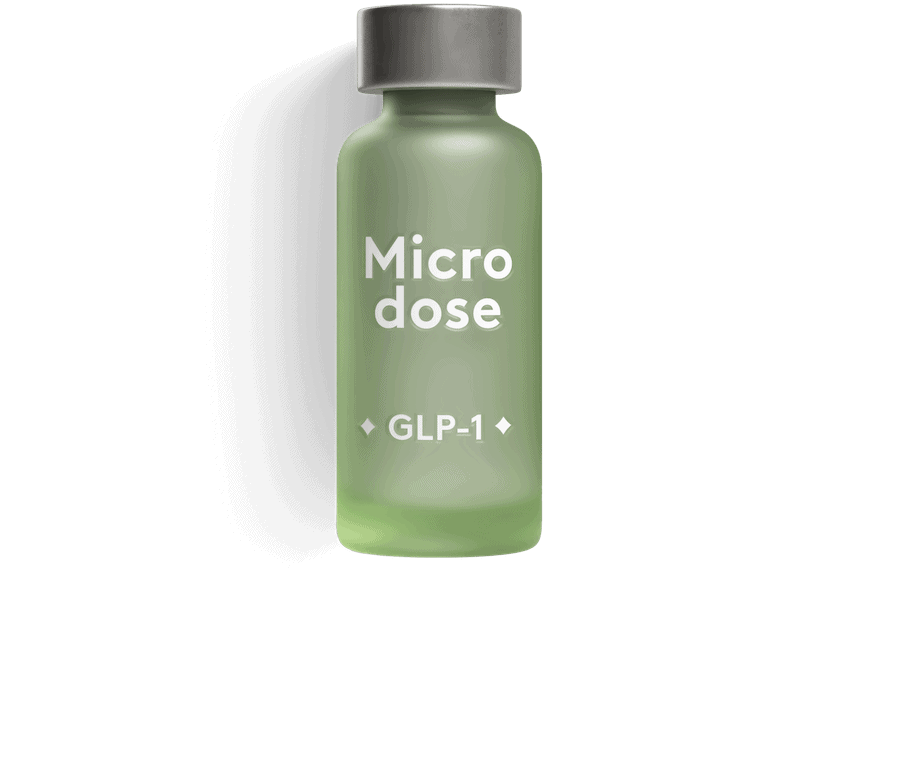
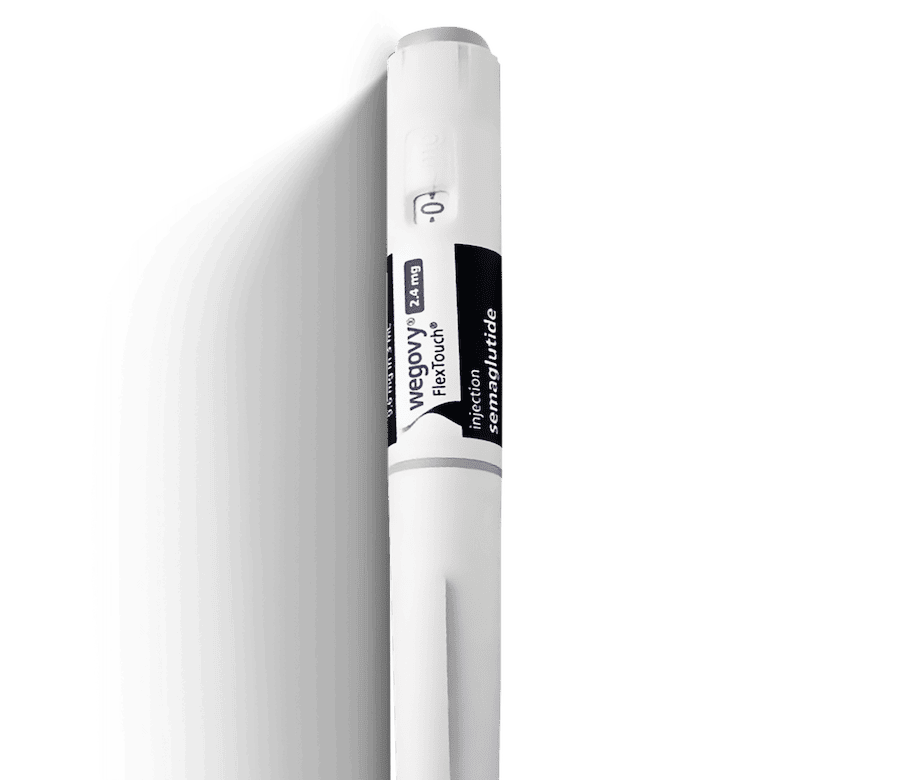

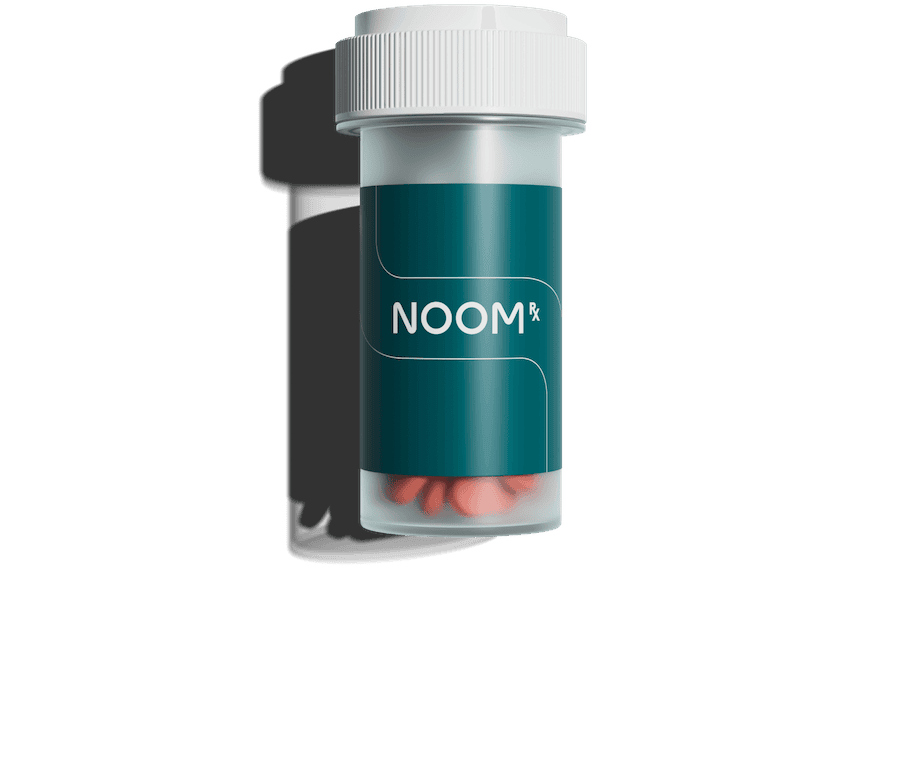

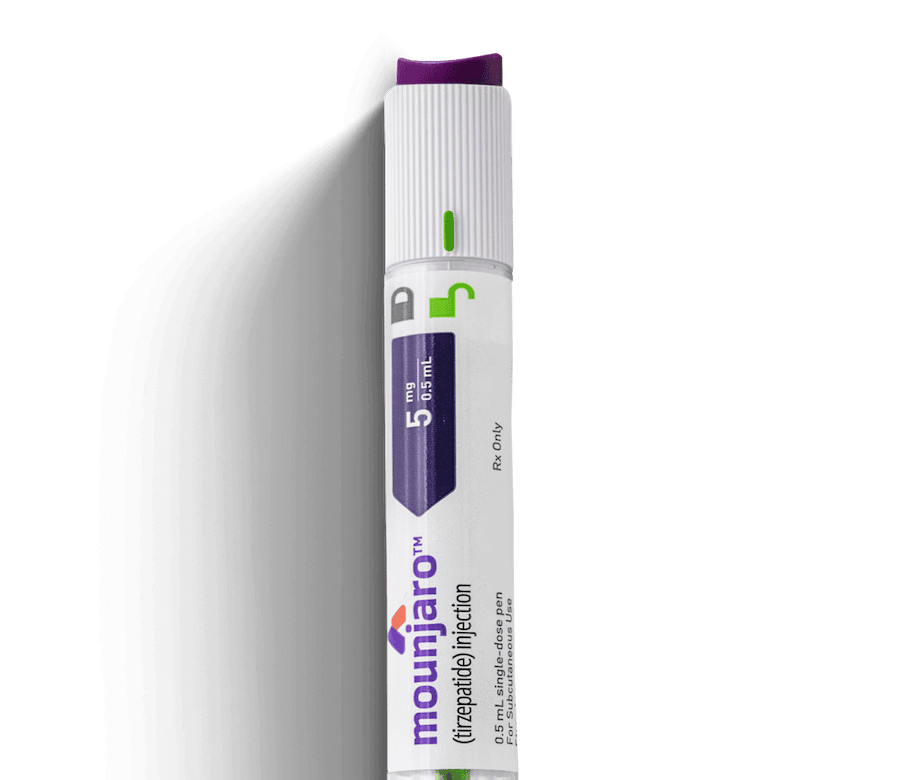
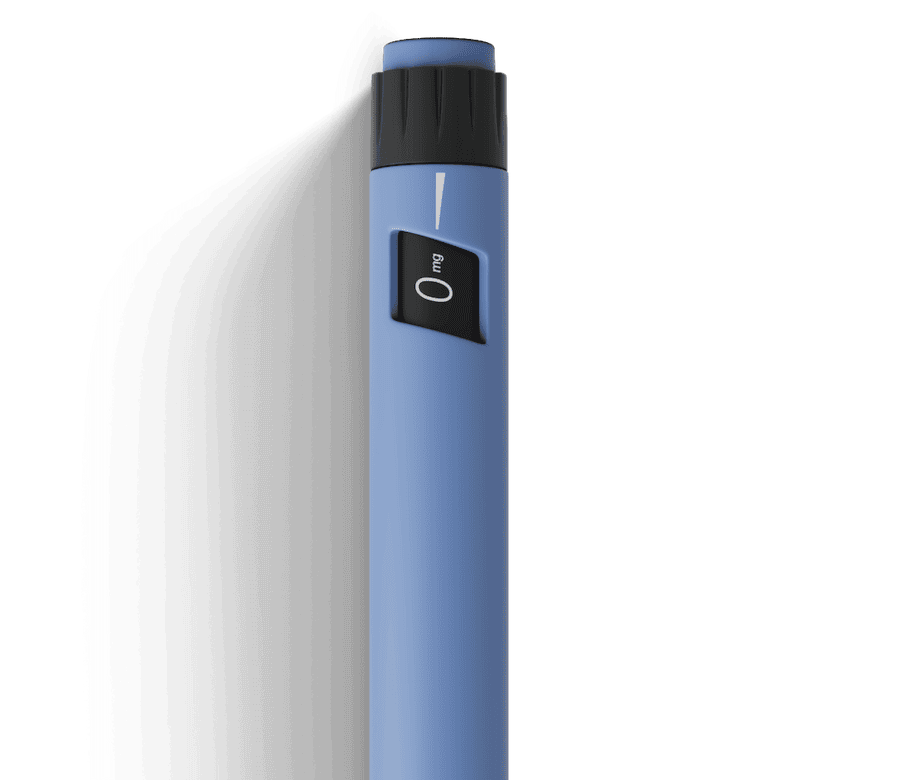
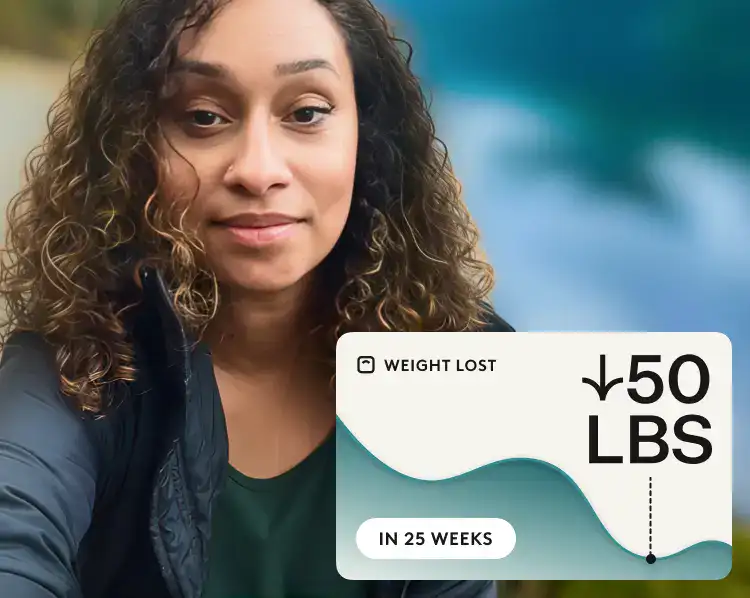


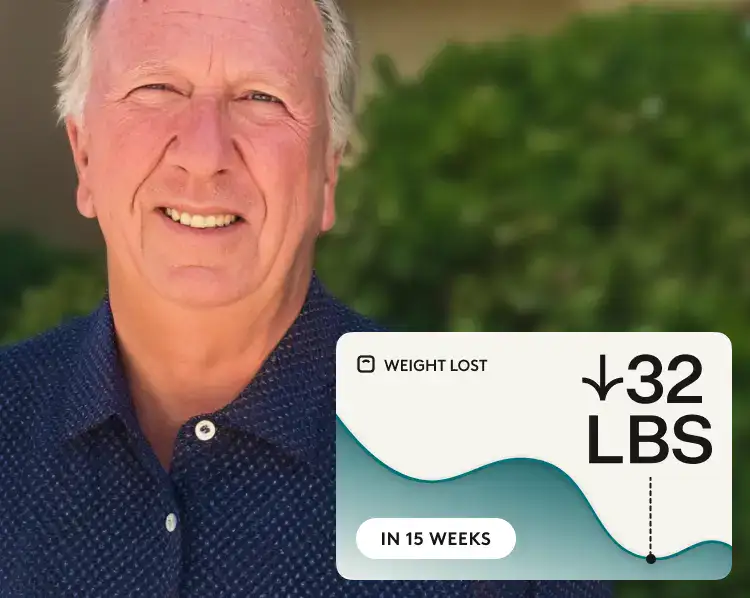

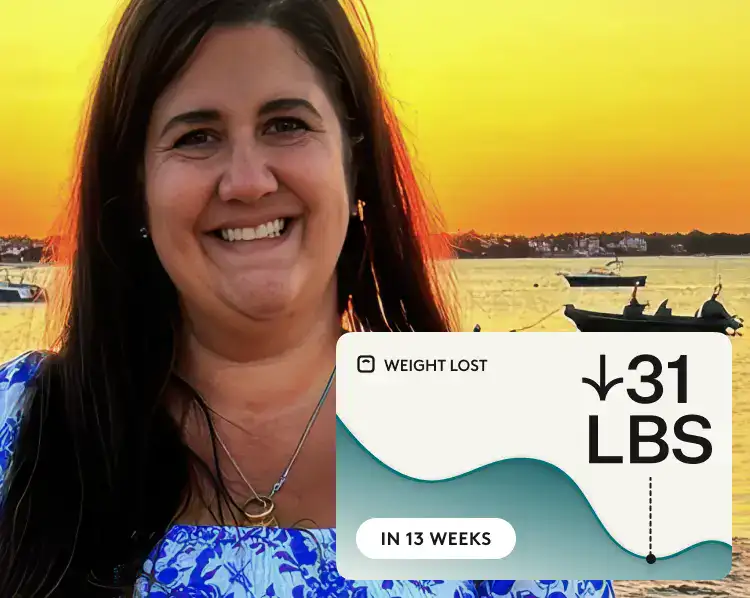

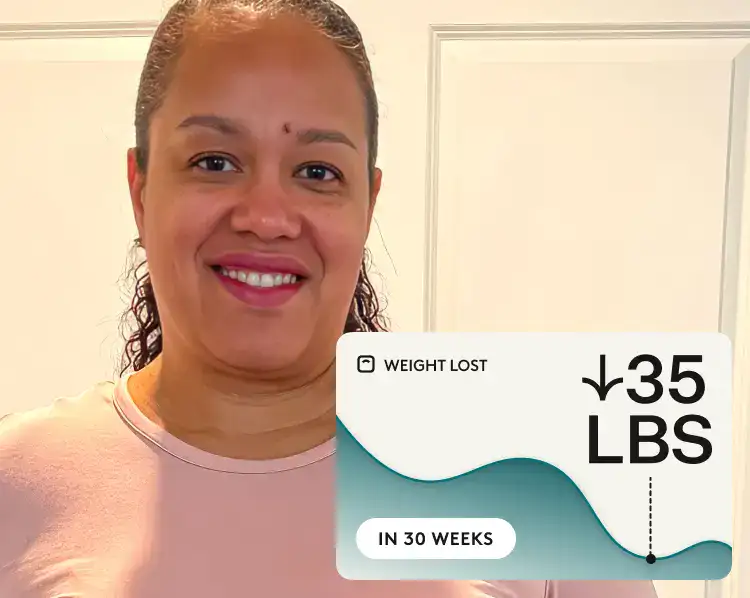
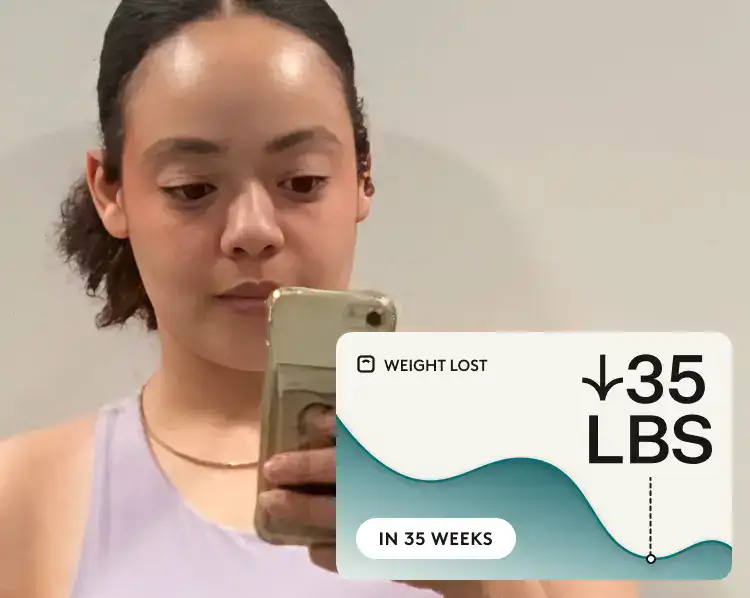

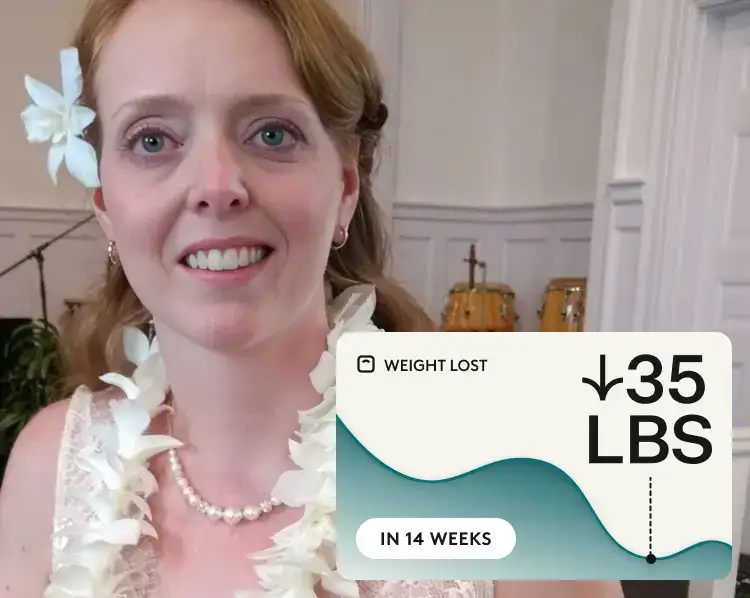

 Meaghan Cameron
Meaghan Cameron
 Noom Team
Noom Team
 Melissa Kay
Melissa Kay


